
Beyond the Windshield
I spent a lot of time on the road in 2016. Too much time probably, considering that I was out there talking about the virtues of slowing down and staying put.
During one 120-day stretch, I traveled one out of every four days, curating discussions about Slow Church in neighborhoods and churches from suburban Seattle to rural North Carolina. Over four months, I did 22 formal events—and had numerous informal conversations—in ten states, some by myself and some with Chris.
Our consistent message: Don’t be overly enthralled by the fast and the flashy. The kingdom of God is like yeast and the mustard seed. The small stuff matters.
Faithful presence in place can be difficult, slow, unsexy, and often heartbreaking work—though it could be the most rewarding work of your life as well. It almost certainly won’t put you on the cover of Christianity Today. It can’t be distilled into the “six easy steps to anything.”
But it matters.
Every life you touch, every person you equip to love and serve others—it matters. Some of the change may be invisible to you, but you never know where your influence is going to stop. Even the smallest acts of human faithfulness to God’s mission are slowly and patiently being woven into the great biblical drama of the reconciliation of all things.
Though I talk about this stuff all the time, even I have to be regularly reminded of the truth of it.
In July 2016, I spent several days in Chicago. It was my first time in that great city in a long time. I had rented a car, and so I spent a lot of time driving around, through one neighborhood and another, and out to the wealthy suburb where I was staying with some friends of friends.
What I saw through my windshield was a city deeply segregated. Neighborhoods of enormous monetary wealth next to vast neighborhoods of striking economic poverty—with apparently no mixing of the two. And what I heard on the TV and radio were statistics of a city soaked in blood: 324 murders in the first six months of the year alone.
On my last day in Chicago, I went to a Cubs game with my friend Tim Soerens. Tim is cofounder of the Parish Collective, an organization that connects and supports churches and community practitioners committed to the work of neighborhood renewal. Tim lives in Seattle but he happened to be visiting Chicago the same week as me. By the time we met up at Wrigley, my heart was in despair for the city.
But I was shocked as I listened to Tim describe his own visit to Chicago. Unlike me, Tim had gotten out of his car. He had walked the streets and met pastors and laypeople, people of passion, creativity, and goodwill. In those same segregated neighborhoods that I had grieved over, judged at face value, and nearly written off—all from the safe confines of my rental car—in those same neighborhoods, Tim had heard and seen stories of life and hope. I despaired; Tim was energized. Violence, poverty, and systemic racism are real, obviously, but Tim had seen the Kingdom of God sprouting forth in the granular, in the everyday stuff of life.
A Spiritual Dark Ages?
We’re hearing a lot right now about the so-called death of the American Church.
I’m currently reading Rod Dreher’s The Benedict Option (Amazon | IndieBound), which makes the case that we are entering into a spiritual Dark Ages in this country. This book was featured on the cover of Christianity Today, and it has a good chance of being the biggest-selling book on the Church written in our lifetimes. Dreher suggests that what the dwindling number of true Christians need to do is to band together to protect orthodox Christianity from the barbarians at the gates. I’m not exaggerating; this is its central metaphor. I’ve been a Dreher fan for a while, but The Benedict Option is gloomy.
There is an extent to which the Christianity we’ve taken for granted in the United States is fading from view. But that’s not the whole story. Not even close.
I’d like you to imagine something with me.
Picture in your mind’s eye a map of the United States. The map is lit by huge external lights, the flood lamps of cultural and political Christianity. These external lights are the reason the United States has sometimes been mistaken as a “Christian nation.” We recognize this place. It is bright and familiar. For many American Christians—though not all—this spiritual geography is safe and predictable.
Now imagine those flood lamps begin to dim.
The country gets darker. Attendance in many denominations and churches drops. We see the rise of the so-called “nones”—the growing number of people, including many young people, who report on surveys that they have no religious affiliation. Christian culture warriors see themselves beaten back on one cultural battlefield after another. The external lights of mainstream, cultural Christianity grow dimmer and dimmer until, by a particular set of standards, the country as we knew it disappears.
The spiritual landscape once so familiar, predictable, navigable, and, for some, safe, is now plunged into darkness. Let your eyes adjust and you may still see the faint silhouette of the United States…but not much else.
But keep watching. Do you see that? A pinprick of light. It’s not coming from outside the country, but from the inside. In fact, it looks like it might be coming from the Englewood neighborhood in Chicago.
Then you see another pinpoint of light. It’s not large, but it’s steady. It’s coming from the Golden Hill neighborhood of San Diego.
First in ones and twos, and then in fives and sixes, these pinpoints of light appear on our map of the United States. There are two or three in the Queen Anne neighborhood of Seattle, one in the Springwater neighborhood in Portland. Small but steady lights appear in Wenatchee, Boone, Johnson City, Appalachian Ohio, and Syracuse, in Silverton, Oregon where I live, and wherever it is that you live. More and more of these pinpricks of light are coming online now—in the tens and twenties or more. They are giving shape and detail to the country, but they are doing it from the inside.
What you’re seeing, of course, is the Church. This isn’t the abstract “Church of Seattle”—these are small, humble, unobtrusive communities of Jesus-followers weaving fabrics of love and care in their particular places, in parishes in cities and suburbs and rural communities.
Some of these neighborhood expressions were already there, but, like the Milky Way, they had been blocked from our view by the background light of cultural and political Christianity.
But there are new things happening too, and what will emerge over time is a constellation (or perhaps a whole galaxy) of God’s Kingdom Come.
From Jesus Moment to Jesus Movement
There are many who are afraid, and who maybe even despair, as attendance drops in churches and denominations throughout Europe and North America. I want to acknowledge the real grief and uncertainty people are experiencing over these shifting demographics.
There are neighborhoods in the Pacific Northwest where less than 1% of the population wants anything to do with Jesus. By and large, these folks aren’t belligerent toward Christ. They’re indifferent. The old church building on the corner will be relevant to their day-to-day lives when it’s eventually converted into a brewery. For now, they assume that what is being preached there on Sundays is irrelevant (if not antagonistic) to their Monday through Saturday life of finding meaningful work, raising a family, nurturing community, cultivating beauty, pursuing justice, and making this world a better place. I understand this impression. In some ways my hopes for Slow Church were borne out of my own dissatisfaction with church experiences that made no connection between what happened for one hour on Sunday morning and what happened in my home and neighborhood the other 167 hours of the week. I wanted a Jesus Movement, not a Jesus Moment.
Even so, I think reports of the death of the American Church have been greatly exaggerated. I feel an incredible sense of hope and excitement. Because beyond our rental car windshields, beyond the statistics, in ways perhaps still too subtle to be registered on the “Geiger counters” of popular Christian culture, something is stirring. I’ve been in over 70 different neighborhoods since Slow Church came out, and I’ve seen it firsthand: God is on the move.
In one faithful encounter after another, the seeds of the gospel are being sown. We don’t know what shape the American Church will take—probably, from our limited perspective, it will take many different shapes, as churches, rooted in their places, embody Christ in ways that can be known by the people in those places.
What I do know is that we are being invited to be God’s diversely gifted co-participants in this future—a future that is as big as the universe and as intimate as our own front yards.
Conversation Starters
- What are some signs of hope that you’re seeing in the church and the neighborhood?
- What are the “rental car windshields” in your life that may be obscuring your vision of what God is doing in this time and place? How can you get out of the car–either literally or metaphorically–to see what’s happening in the granular, in the everyday stuff of life?
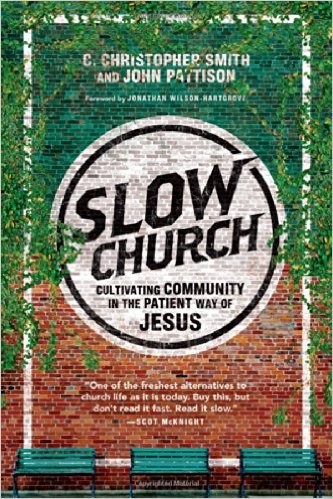

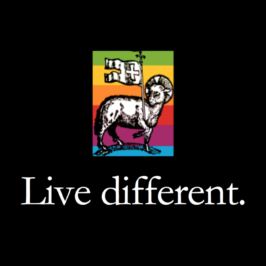
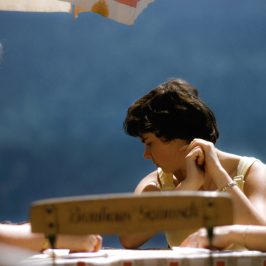
![Book Giveaway – Reading For the Common Good [3 copies]](http://slowchurch.com/wp-content/uploads/2017/05/RFTCG-Cover-Banner.jpg)


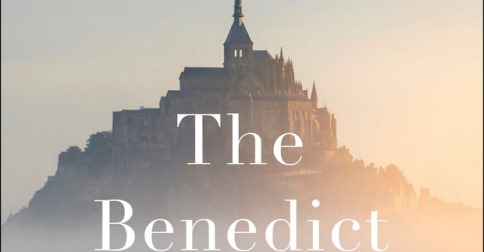
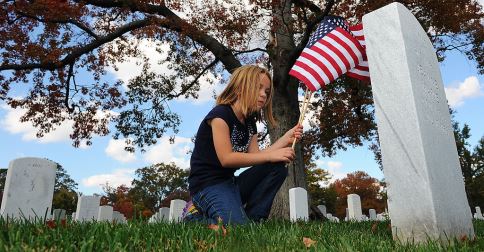

2 Responses
Al Engler
John, this is such an encouraging article. When I think of church in the way you described, I’m so full of hope. Might we all slow down enough to see.
Phil Price
That which dies was never the church anyway. Good riddance.